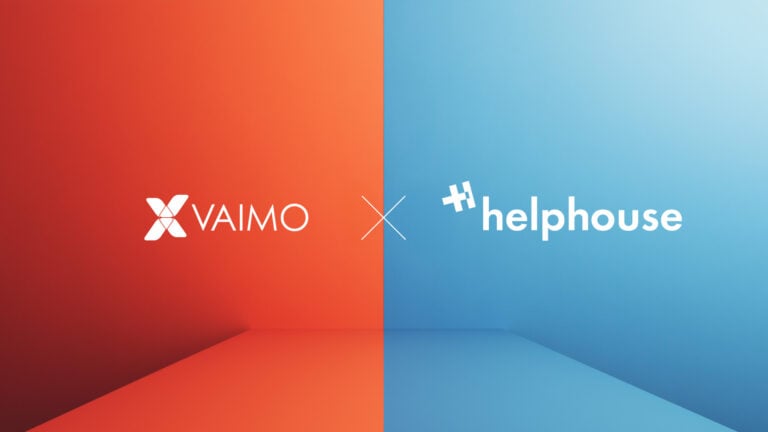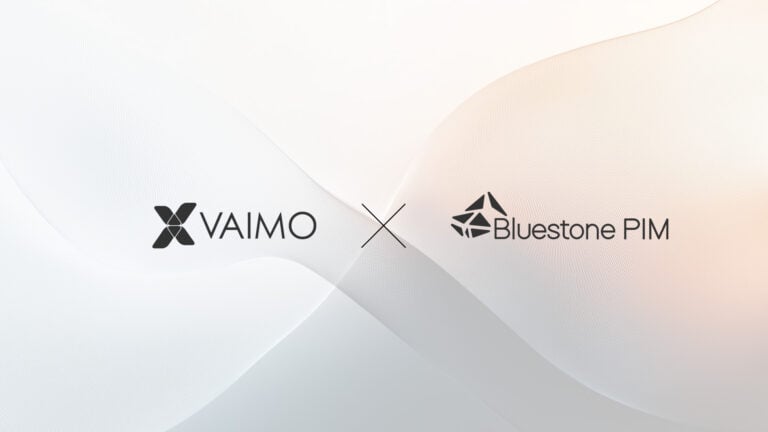There has been a lot of buzz around headless and composable commerce in the ecommerce space. But if you’re not tech-savvy, you might wonder if you should be paying attention. The answer is yes, and here’s why.
Gartner first introduced composable commerce in June 2020, and it has quickly become a popular term in ecommerce. Composable enables businesses to create unique ecommerce experiences by combining technologies that align with their organizational mission and goals. Gartner predicted that by 2023, organizations adopting composable commerce would outpace competitors by 80% in the speed of new feature implementation.1
Unfortunately, composable has become such a buzzword that many ecommerce leaders don’t truly understand the benefits of this approach and how it can improve their online marketing and sales while streamlining back-office operations. This article will explore composable commerce, its benefits, and how it compares to other traditional ecommerce options.
TABLE OF CONTENTS
- What is composable commerce?
- A few examples of composable capabilities
- Composable commerce vs. traditional platform-based architecture and headless commerce
- Traditional platform-based architecture
- Headless commerce
- 10 benefits of composable commerce
- The future of composable commerce
- Meet our partners
What is composable commerce?
Composable commerce represents a modular, adaptable, and business-focused method for creating ecommerce experiences. This approach is grounded in the following principles:
- Modularity: Each component functions as an independent system that can be deployed autonomously.
- Open standards: Composable commerce employs open standards, integration patterns, and extensibility models to promote customization through third-party and proprietary API services.
- Flexibility: Composable commerce harnesses contemporary technologies and methodologies such as microservices, APIs, cloud, headless, and Jamstack (JavaScript, APIs, and markup language) architectures to ensure agility.
- Business-oriented: This approach enables teams to exercise full control over assembling independent services into a comprehensive solution that addresses complex and dynamic needs, facilitates iteration, and reduces innovation costs and risks.
Related Reading: What is composable architecture?
A few examples of composable capabilities
Composable commerce provides the adaptability to combine various composable features to accomplish your distinct business objectives. For instance:
- To access new revenue streams, you can integrate Live Video Shopping into your APIs.
- If your goal is to enhance search functionality to boost Average Order Value (AOV), you can implement an AI-driven search solution.
- Should you intend to expand your business from a single distribution center to multiple centers across different regions with a larger product catalog, you can effortlessly scale your operations using an API-centric order management system (OMS).
Composable commerce vs. traditional platform-based architecture and headless commerce
There are other options out there, but they offer different flexibility than composable commerce.
Traditional platform-based architecture
Traditional ecommerce platforms consist of single-tier software applications that merge various components into a unified program from one platform. For instance, an ecommerce SaaS application may encompass a web server, load balancer, image catalog service, ordering system, payment functionality, and shipping component.
While initially seeming more user-friendly, many companies find that as they grow, the challenges associated with operating within a traditional ecommerce platform escalate. By nature, traditional platform-based architecture involves a tightly integrated front and backend system. Customizations to the code can increase the system’s complexity over time, particularly as business capabilities expand and technology progresses. This complexity may hinder the business’s ability to respond rapidly. Conventional ecommerce platforms sometimes lack the agility necessary to execute significant changes promptly without risking unforeseen negative outcomes.
Headless commerce
Composable commerce and headless commerce are often used interchangeably. However, comparing composable commerce with headless commerce presents at least one main difference. Composable commerce goes beyond headless commerce, separating the frontend stack from the backend and selecting the best technologies to build your commerce stack.
For many ecommerce applications, headless commerce is the first small step toward a flexible architecture. Decoupling the frontend from the backend frees an enterprise from the constraints of an ecommerce platform’s limited frontend capabilities. It also ensures that frontend developers can work independently of backend teams without cross-functional coordination and compromising an already fragile and enlarged traditional ecommerce platform.
Related Reading: Microservices vs APIs: What’s the difference?
10 benefits of composable commerce
1. The right solutions for your business
One of the main advantages of composable commerce is that you are not limited to what’s integrated with a traditional ecommerce platform. Instead, you can choose the best components to support your business needs.
2. Agility
A composable approach allows you to continuously refine customer experiences while staying adaptable. You can make changes to your platform as needed to keep up with changing technology and evolving customer needs without undergoing an entire re-platforming project.
3. Grow your business
Incorporating various components becomes more straightforward with a composable approach as they communicate through modern APIs. This streamlines processes, enabling you to concentrate on your business’s core objectives.
4. Total Cost of Ownership
By selecting the features and vendors that truly suit your needs, you can optimize your investment rather than paying for an all-in-one platform where only a fraction of it may be used.
5. Unrestricted data access
Traditional ecommerce platforms often impose lock-in effects that hinder easy access to your data from other systems. In contrast, a composable ecosystem employs open standards, facilitating precise and straightforward data access.
6. Serverless scalability
While not an essential component of a composable ecosystem, serverless infrastructure empowers you to instantaneously expand capacity as needed. Without any constraints, you can scale your business globally. The serverless concept implies that the ecosystem is distributed across multiple data centers worldwide, ensuring ultra-low latency experiences for your customers wherever they may be.
7. Microservices for specific tasks
An effective composable commerce arrangement relies on microservices, with each component in the ecosystem being autonomous and dedicated to a specific function. This structure allows you to upgrade, develop, and enhance individual components without impacting the rest of your ecosystem.
8. API-centric connectivity
An API-centric approach is beneficial and should be at the heart of a composable commerce ecosystem. With modern APIs designed to easily connect your components, you can sidestep lengthy integration projects. An API-centric setup also guarantees that you always have access to the data you need.
9. Truly SaaS through Cloud-Native
Opt for cloud-native components when assembling your ecosystem. A cloud-native configuration offers several unique benefits, such as full access to SaaS advantages, enabling better performance control rather than relying on manual IT operations required to scale an all-in-one platform. It can also lower costs and boost energy efficiency.
10. Headless architecture
A vital aspect of any composable commerce ecosystem is the customer-facing frontend. A modular headless approach connects any frontend to your backend, enabling sales through mobile apps, websites, or other digital channels without backend modifications. Additionally, you can employ any framework to craft an exceptional customer experience.
Related Reading: Platform-based vs composable architecture
The future of composable commerce
Industry analysts believe that composable commerce is here to stay. Early adoption of a composable stack, including a range of best-in-class services covering fulfillment, content or search services, commerce, and payment gateways, will give companies a competitive edge.
But, composable commerce is not for every business. Depending on the maturity of your business, there are a few things to consider. For example, if you’re just starting out or your business requires only essential functions, out-of-the-box options may be better suited to your needs. And multiple new systems may present a steep learning curve for your team.
Ecommerce companies often choose a traditional ecommerce platform or go the composable architecture route. One is not better than the other. Your company’s needs and existing technological landscape will determine what the right choice is for you.
Meet our partners
commercetools
commercetools is a MACH commerce platform that enables businesses to create tailored customer experiences for B2B, B2C, and D2C needs.
Key features:
- Microservices: Over 300 commerce APIs for modular, scalable, and flexible solutions
- API-first: Robust APIs with comprehensive documentation to ensure compatibility and flexibility
- Cloud-native: Infinite scalability, lower TCO, and faster time to market through a true-cloud platform
- Headless commerce: Decouples frontend and backend, enabling creative channel usage and swift market response
- Machine learning and AI: Advanced capabilities for improved user experiences and business insights
Contentful
Contentful is a scalable content platform that offers a user-friendly and adaptable solution for delivering exceptional digital experiences.
Key features:
- Customizable interface
- Global scale and cloud governance
- Content modeling and RESTful API
- Microservices architecture
- Language and framework agnostic







